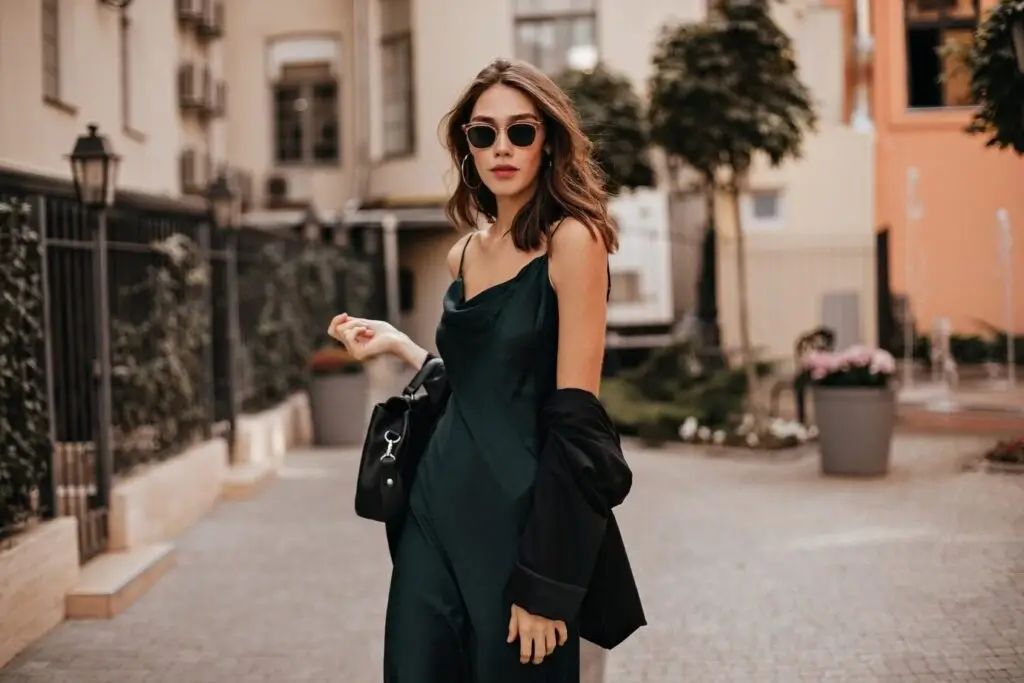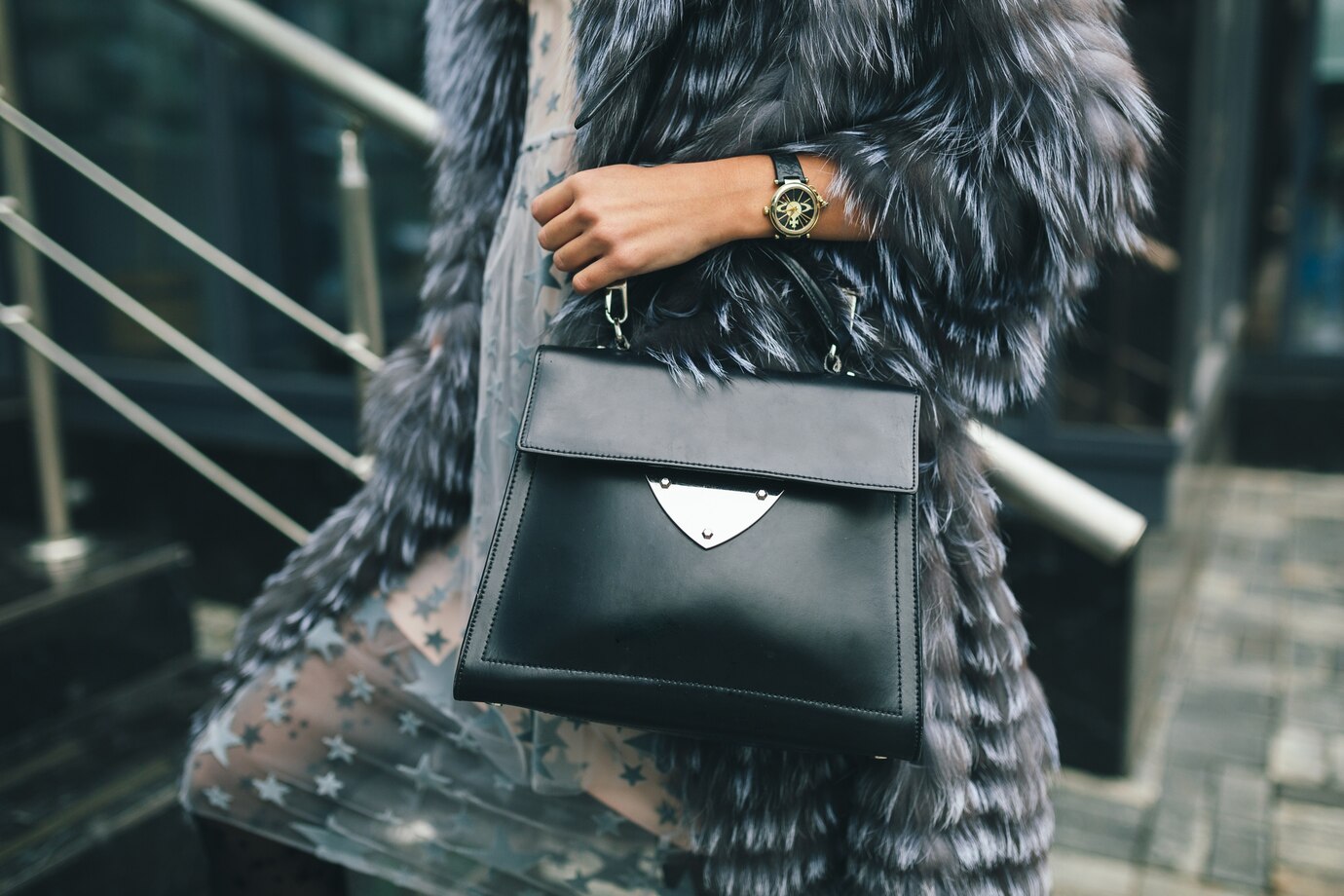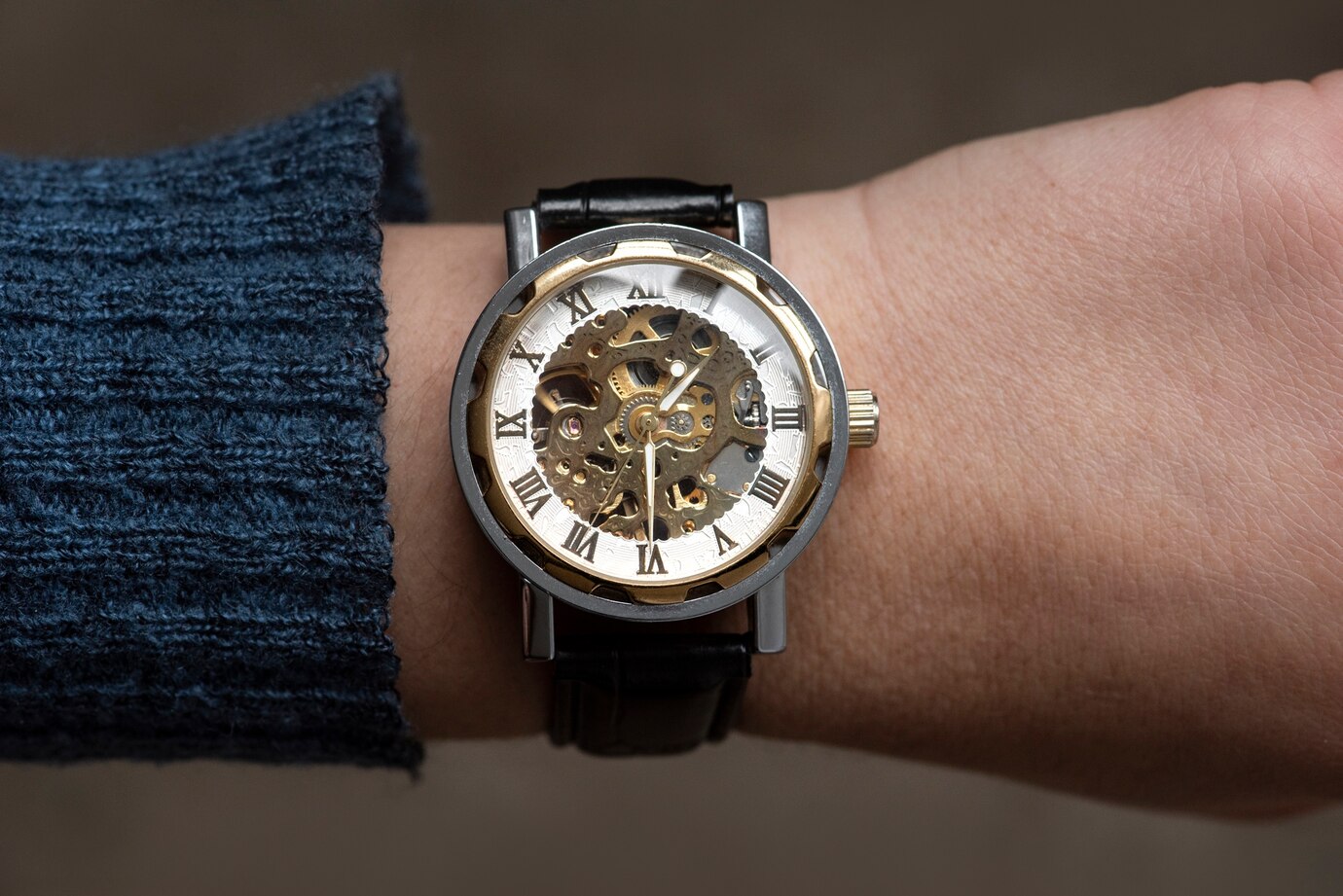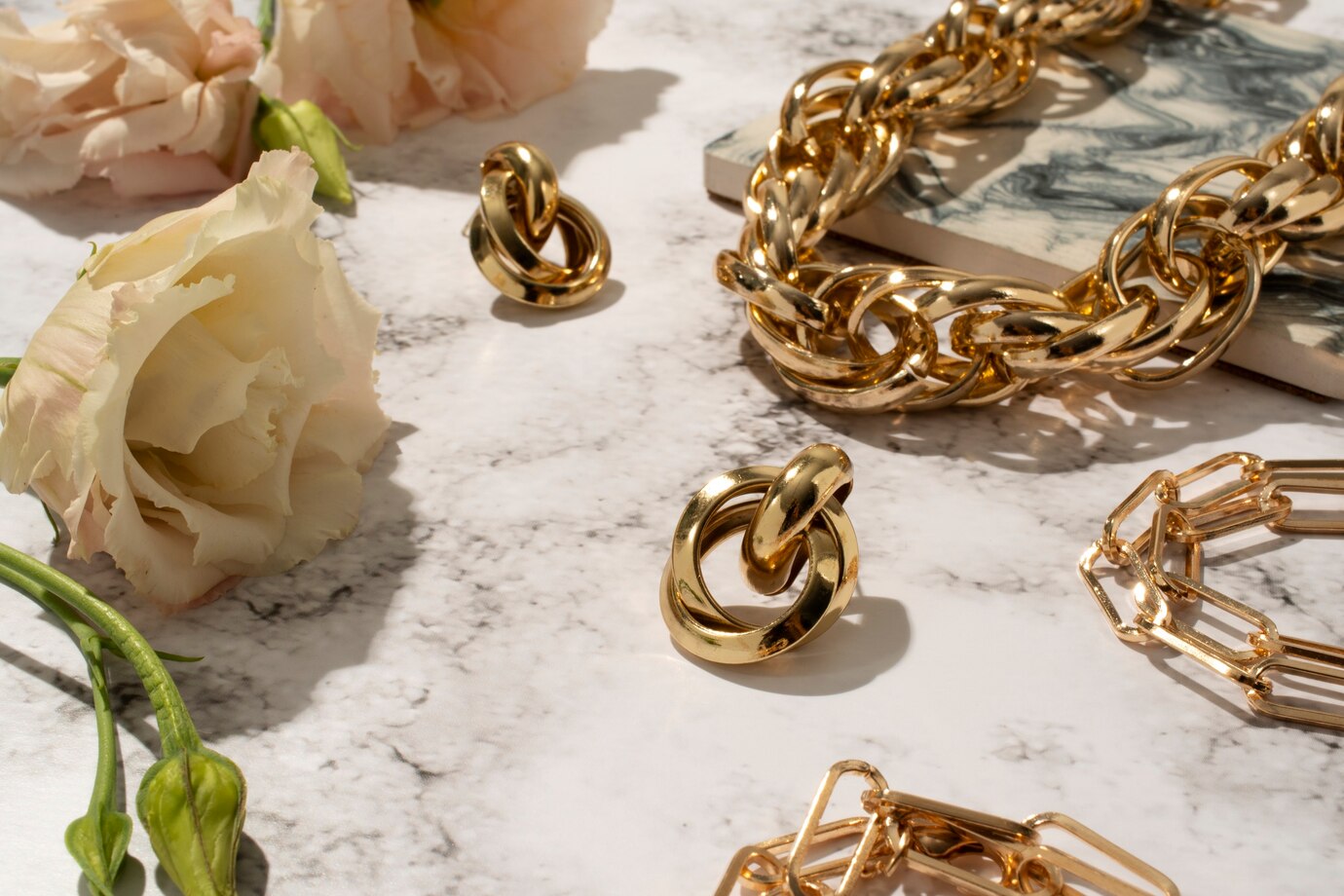How to Spot Authentic Designer Goods vs. Counterfeits
Luxury fashion means quality, craftsmanship, and exclusivity. With counterfeits flooding the market, spotting real luxury items is getting harder. Buyers must learn how to identify genuine luxury products. This guide helps you avoid scams. It shows the key differences between real and fake designer goods. You’ll learn how to spot fakes. It also explains why

Luxury fashion means quality, craftsmanship, and exclusivity. With counterfeits flooding the market, spotting real luxury items is getting harder. Buyers must learn how to identify genuine luxury products. This guide helps you avoid scams. It shows the key differences between real and fake designer goods. You’ll learn how to spot fakes. It also explains why buying counterfeits is risky. Plus, you’ll get expert tips on identifying fakes in luxury items like handbags, watches, clothing, and accessories.

The Growing Problem of Counterfeit Designer Goods
The Rise of the Fake Luxury Market
The global counterfeit industry is worth hundreds of billions of pounds each year. The fashion sector is hit hard, with counterfeiters copying luxury handbags, jewellery, clothing, and accessories. As fake goods become more sophisticated, it’s vital for consumers to learn how to spot counterfeits.
Why Counterfeits Are Harmful
- Legal Consequences: Selling or buying fake goods can lead to fines and other legal trouble.
- Financial Loss: Fakes lack resale value, meaning buyers lose money in the long run.
- Ethical Issues: Counterfeiting is often linked to exploitative labour practices and organised crime.
- Inferior Quality: Fake designer goods use cheap materials. This leads to poor durability and nasty looks.
Pro Tip: Always trust your instincts—if a deal seems too good to be true, it probably is. Luxury brands rarely offer massive discounts, and authentic high-end goods maintain their value. When in doubt, verify with a professional authentication service before making a purchase.
Quick Guide: Steps to Spot Authentic Designer Goods
- Examine materials and craftsmanship – Authentic luxury items have precise stitching, premium materials, and solid hardware.
- Check logos and serial numbers – Ensure font accuracy, proper engraving, and correct serial number placement.
- Inspect packaging and seller credibility – Luxury brands invest in quality packaging, and trusted retailers provide authentication services.
Important: Counterfeit designer goods are becoming increasingly sophisticated. Learning to identify authentic pieces takes time and careful observation. Always research the brand’s unique authenticity markers and buy from reputable sources to protect your investment.

How to Identify Authentic Luxury Fashion
1. Examining the Craftsmanship & Materials
Luxury brands are known for their impeccable craftsmanship and use of high-quality materials. Counterfeit products often lack the same level of attention to detail.
Signs of Authenticity:
- High-quality leather and fabrics that feel rich and supple.
- Precise stitching that is even, straight, and consistent.
- Premium hardware (zippers, clasps, and buckles) is made of solid metal rather than cheap plastic.
Red Flags of a Fake:
- Uneven or frayed stitching.
- Synthetic materials that feel stiff or plasticky.
- Light, flimsy hardware that tarnishes quickly.
2. Checking the Logo & Branding
Luxury brands take pride in their logos, which are meticulously crafted. Counterfeits often display errors in fonts, sizing, and placement.
How to Verify Logos:
- Font Accuracy – Authentic logos use specific fonts and spacing.
- Engraving vs. Printing – Logos on hardware should be engraved, not just printed on.
- Symmetry & Placement – Designs should be perfectly aligned and proportionate.
3. Analysing Serial Numbers & Authenticity Cards
Many luxury brands provide serial numbers, authenticity cards, and hologram stickers as proof of authenticity.
Brand-Specific Features:
- Chanel – Each handbag comes with a serial number sticker inside.
- Louis Vuitton – Uses date codes instead of serial numbers; verify the format.
- Gucci – Serial numbers are embossed inside bags and should not be printed.
4. Inspecting Packaging & Dust Bags
Luxury brands invest in high-quality packaging. Counterfeiters often skimp on packaging details.
What to Look For:
- Luxury dust bags – They should be soft and durable, not thin or cheaply made.
- Branded boxes – High-end brands use sturdy, well-printed packaging.
- Tissue Paper & Extras – Authentic items include branded tissue paper, booklets, and care instructions.
5. Evaluating the Price & Seller
If a deal seems too good to be true, it probably is. Massive discounts on luxury items rarely occur, and reputable retailers do not sell at unbelievably low prices.
Warning Signs:
- Suspiciously low prices – Discounts over 50% on luxury goods are rare.
- Unverified third-party sellers – Always purchase from authorised boutiques or reputable resellers.
- Lack of return policies – Fake sellers often refuse returns.
Spotting Fake Designer Goods by Category
Luxury Handbags
- Strap and handle quality – Genuine leather straps soften over time; fake ones often crack.
- Heat stamps – Brands like Louis Vuitton and Hermès emboss their logos precisely.
- Interior lining – Authentic luxury bags have a high-quality, well-stitched, branded lining.
Designer Watches
- Weight test – Real luxury watches feel heavy due to solid metal construction.
- Movement quality – Authentic watches use smooth, precise movements, while counterfeits often have jerky second hands.
- Serial number location – Luxury watches engrave serial numbers on the case back, not loosely printed or etched.
High-End Clothing
- Label stitching – Designer labels are neatly sewn in place, not loosely attached.
- Fabric authenticity – Genuine luxury clothing uses premium materials like silk, wool, and cashmere.
- Zipper brands – Authentic luxury clothing often features YKK or Riri zippers, which are known for their durability.
Jewellery & Accessories
- Hallmarks and stamps – Authentic luxury jewellery includes engraved purity marks (e.g., 18K for gold).
- Weight and feel – Genuine pieces feel heavier due to solid metal construction.
- Stone settings – Diamonds and gemstones should be securely set, not glued.
Where to Buy Authentic Luxury Fashion
Reputable Retailers & Boutiques
Always purchase directly from official brand boutiques, flagship stores, or online platforms.
Trusted Luxury Resale Websites
If buying second-hand, opt for trusted resellers that offer authentication services:
- Vestiaire Collective
- The RealReal
- Fashionphile
- Farfetch Pre-Owned
In-Person Authentication Services
Many professionals offer authentication services for designer goods, ensuring legitimacy before purchase. Some high-end brands also provide verification services at their boutiques.
FAQ: Common Questions About Authentic Designer Goods
Q: What should I do if I suspect I’ve purchased a counterfeit item?
A: Contact the seller immediately and request a refund. If the purchase was made through an online platform, report the counterfeit item to customer support. You may also report fraud to local consumer protection authorities if it is suspected.
Q: Can fake designer items ever be high quality?
A: Some counterfeiters make high-quality “super fakes.” However, these fakes don’t match accurate designer items’ skill, materials, or durability.
Q: Are second-hand luxury goods always authentic?
A: No, always buy from reputable resellers that offer authentication services.
Q: Is it legal to buy counterfeit designer goods?
A: In many places, buying counterfeits for personal use isn’t illegal. However, selling them is. However, buying fakes supports unethical practices and organised crime.

Final Thoughts: Stay Informed & Shop Smart
Buying luxury goods should be fun and rewarding. However, you must be careful because counterfeits are everywhere. Remember these tips to spot a fake and ensure your investment in luxury fashion is worthwhile.